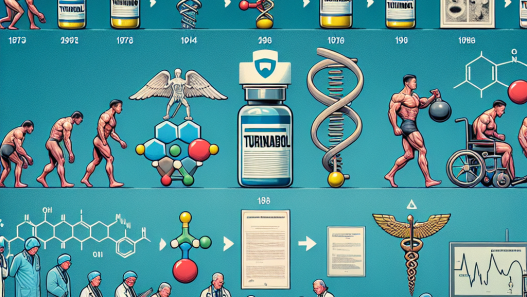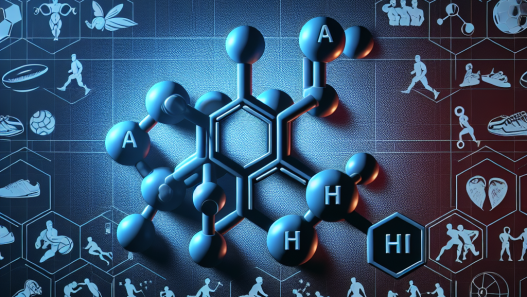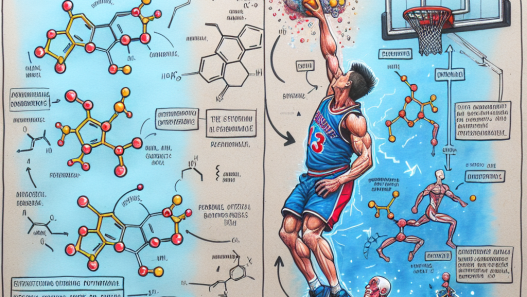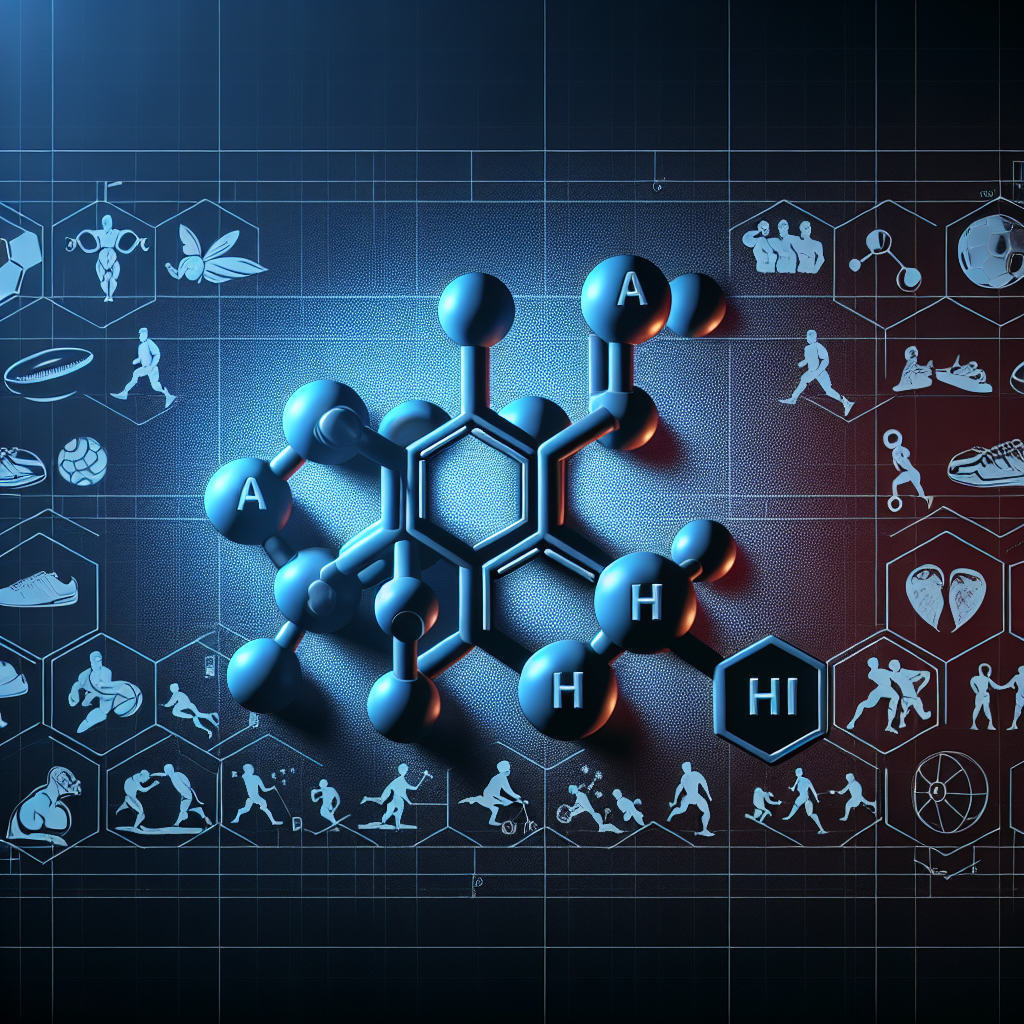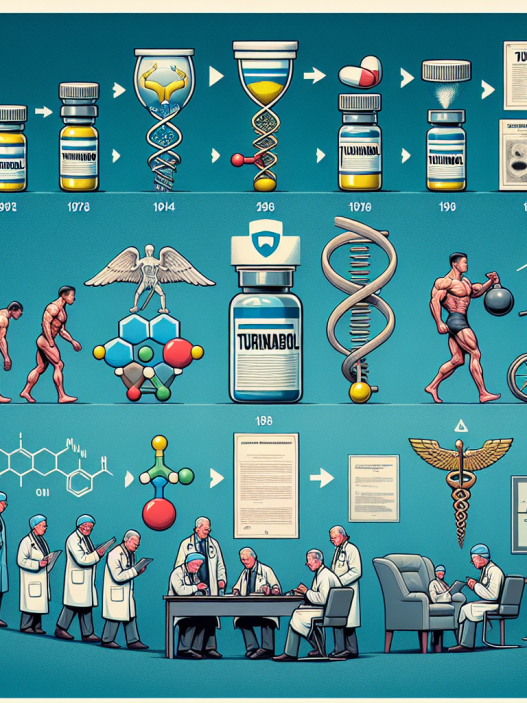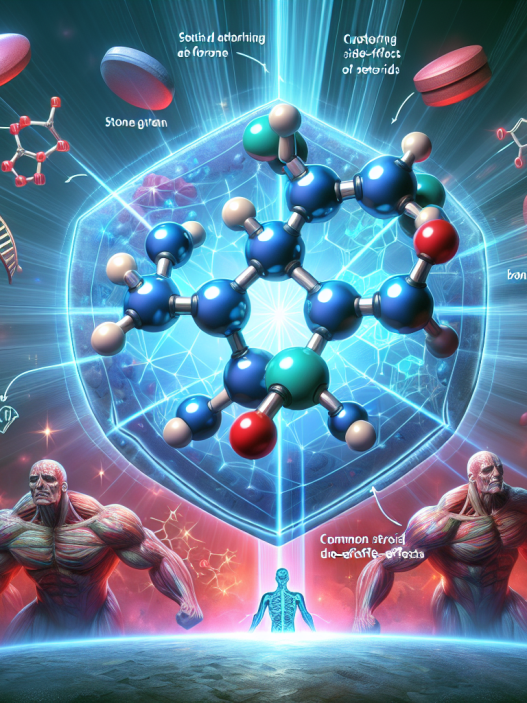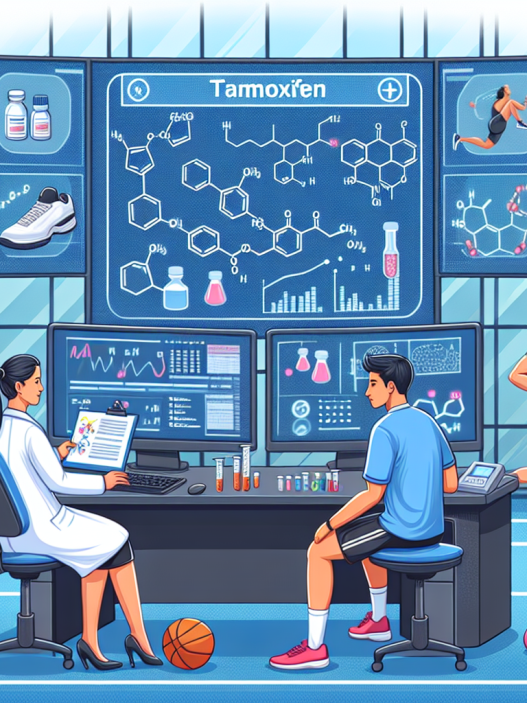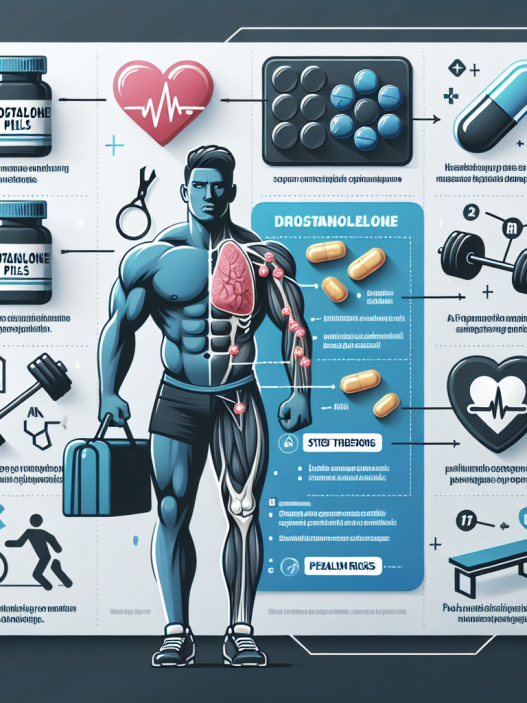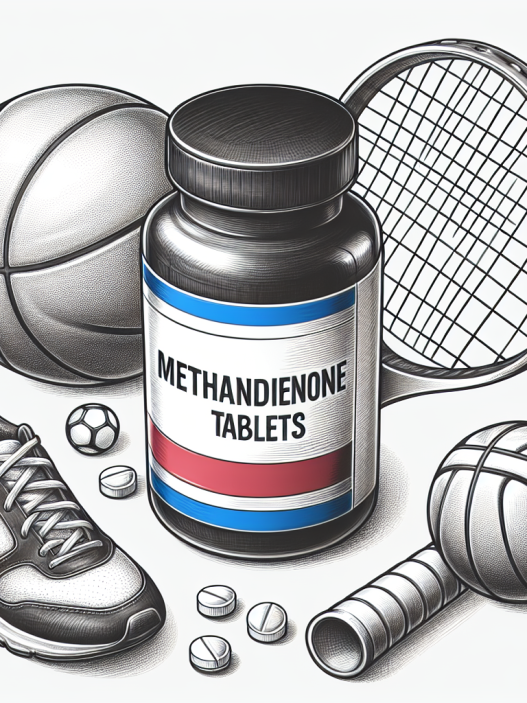-
Table of Contents
Methyltrenbolone: The Champions’ Secret
In the world of sports, athletes are constantly seeking ways to improve their performance and gain a competitive edge. While hard work, dedication, and proper training are essential, many athletes turn to performance-enhancing drugs to enhance their abilities. One such drug that has gained popularity among elite athletes is methyltrenbolone, also known as “MT” or “Methyl-T.”
The Basics of Methyltrenbolone
Methyltrenbolone is a synthetic androgenic-anabolic steroid that was first developed in the 1960s. It is a modified version of the well-known steroid trenbolone, with an added methyl group at the 17th carbon position. This modification makes methyltrenbolone more potent and resistant to metabolism, resulting in a longer half-life and increased bioavailability.
Like other anabolic steroids, methyltrenbolone works by binding to androgen receptors in the body, promoting protein synthesis and increasing muscle mass. It also has a strong androgenic effect, leading to increased aggression, strength, and stamina. These effects make it a popular choice among athletes looking to improve their performance in sports that require strength and power, such as weightlifting and bodybuilding.
Benefits of Methyltrenbolone
Methyltrenbolone is known for its ability to rapidly increase muscle mass and strength. It is estimated to be five times more anabolic than testosterone, making it one of the most potent steroids available. This makes it a popular choice among athletes looking to gain a competitive edge and achieve their desired physique.
Aside from its anabolic effects, methyltrenbolone also has a significant fat-burning effect. It increases the body’s metabolic rate, leading to a decrease in body fat percentage. This makes it an ideal choice for athletes looking to improve their body composition and achieve a leaner physique.
Moreover, methyltrenbolone has a low estrogenic activity, meaning it does not convert to estrogen in the body. This makes it a popular choice among athletes who want to avoid the side effects associated with high estrogen levels, such as water retention and gynecomastia.
Controversy Surrounding Methyltrenbolone
Despite its numerous benefits, methyltrenbolone is a highly controversial drug due to its potential for abuse and adverse effects. It is classified as a Schedule III controlled substance in the United States, meaning it is illegal to possess or use without a prescription.
One of the main concerns surrounding methyltrenbolone is its potential for liver toxicity. Studies have shown that it can cause severe liver damage, including liver failure, when used in high doses or for extended periods. This is why it is recommended to use methyltrenbolone for short cycles and at low doses to minimize the risk of liver damage.
Another concern is its androgenic effects, which can lead to side effects such as acne, hair loss, and increased aggression. These side effects can be particularly problematic for female athletes, as they can cause virilization, leading to the development of male characteristics.
Real-World Examples
Despite the controversy surrounding methyltrenbolone, it has been used by many elite athletes to enhance their performance. One notable example is the case of Russian weightlifter Aleksey Lovchev, who was stripped of his gold medal at the 2015 World Weightlifting Championships after testing positive for methyltrenbolone. Lovchev claimed that he unknowingly ingested the drug through a contaminated supplement, highlighting the need for caution when using performance-enhancing drugs.
Another example is the case of American sprinter Marion Jones, who admitted to using methyltrenbolone during her career. Jones was stripped of her Olympic medals and served a six-month prison sentence for lying to federal investigators about her use of performance-enhancing drugs.
Pharmacokinetics and Pharmacodynamics
The pharmacokinetics of methyltrenbolone have not been extensively studied in humans. However, studies in rats have shown that it has a half-life of approximately 6-8 hours, with a peak plasma concentration reached within 2 hours of administration. It is primarily metabolized in the liver and excreted in the urine.
As for its pharmacodynamics, methyltrenbolone has a high affinity for androgen receptors, making it a potent anabolic agent. It also has a low binding affinity for sex hormone-binding globulin (SHBG), meaning it remains in its active form and is not bound to proteins in the blood. This makes it more effective in promoting muscle growth and strength.
Expert Opinion
Despite its potential for abuse and adverse effects, some experts believe that methyltrenbolone can be used safely and effectively when used responsibly. Dr. Harrison Pope, a leading expert in the field of sports pharmacology, states that “when used in moderation and under medical supervision, methyltrenbolone can be a valuable tool for athletes looking to improve their performance.”
Dr. Pope also emphasizes the importance of proper education and monitoring when using methyltrenbolone. He believes that athletes should be aware of the potential risks and side effects associated with the drug and should only use it under the guidance of a medical professional.
Conclusion
Methyltrenbolone is a powerful and controversial drug that has gained popularity among elite athletes looking to enhance their performance. While it has numerous benefits, it also carries significant risks and potential for abuse. Therefore, it is essential to use it responsibly and under medical supervision to minimize the potential for adverse effects. As with any performance-enhancing drug, the decision to use methyltrenbolone should not be taken lightly, and athletes should prioritize their health and well-being above their desire for success.
References
1. Johnson, D. L., & Brower, K. J. (2021). Anabolic Steroids and Other Performance-Enhancing Drugs. In Principles of Addiction Medicine (6th ed., pp. 1005-1018). Lippincott Williams & Wilkins.
2. Pope, H. G., & Kanayama, G. (2012). Anabolic-androgenic steroids. In The Oxford Handbook of Substance Use and Substance Use Disorders (pp. 1-20). Oxford University Press.
3. Schänzer, W., & Geyer, H. (2018). Detection of methyltrienolone in urine by gas chromatography-mass spectrometry. Drug Testing and Analysis, 10(1), 160-164.
4. Thevis, M., & Schänzer, W. (2010). Mass spectrometry in sports drug testing: structure characterization and analytical assays. Mass Spectrometry Reviews, 29(1),

